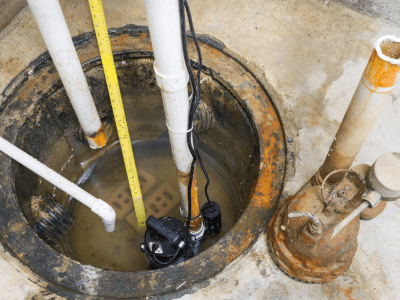
Purpose of Sump Pump & How Does It Work?
A sump pump is a crucial component of many homes, especially those in areas prone to flooding or water accumulation. While often overlooked, this device plays a vital role in protecting your property from water damage and maintaining a dry and safe environment. In this comprehensive guide, Saint Pete Plumbing will explore the purpose of a sump pump, its functionality, and why it’s an essential investment for homeowners.What is a Sump Pump?
Before delving into its purpose, let’s define what a sump pump is. A sump pump is a submersible pump installed in a pit, known as a sump pit or sump basin, typically located in the lowest part of a basement or crawlspace. Its primary function is to remove excess water that accumulates in the pit, preventing flooding and water damage to the property.Purpose of a Sump Pump
Preventing Basement Flooding:
One of the primary purposes of a sump pump is to prevent basement flooding. By collecting and pumping out excess water from the sump pit, the sump pump helps keep the basement dry, protecting valuable belongings, furniture, and structural components from water damage.Managing Groundwater:
Homes built in areas with high water tables or poor drainage systems are susceptible to groundwater seepage, which can lead to basement flooding. A sump pump effectively manages groundwater by pumping it away from the foundation and out of the property, reducing the risk of water infiltration.Protecting Against Heavy Rainfall:
During heavy rainfall or storms, water can accumulate around the foundation of a home, leading to potential flooding and structural damage. A sump pump helps mitigate the impact of heavy rainfall by swiftly removing excess water from the sump pit before it can seep into the basement.Preventing Mold and Mildew Growth:
Excess moisture in basements and crawlspaces can create an ideal environment for mold and mildew growth, posing health risks to occupants and causing structural damage to the property. By keeping these areas dry, a sump pump helps prevent the growth of mold and mildew, safeguarding indoor air quality and structural integrity.Protecting Home Foundations:
Water accumulation around the foundation of a home can compromise its structural integrity over time, leading to cracks, shifting, and settlement. A sump pump helps protect the foundation by keeping the soil around it relatively dry, reducing the risk of foundation damage and costly repairs.Preserving Property Value:
A dry and well-maintained basement adds value to a home and enhances its marketability. By preventing basement flooding and water damage, a sump pump helps preserve the property’s value and appeal to potential buyers, especially in areas prone to flooding or high water tables.How Does a Sump Pump Work?
Understanding how a sump pump works is essential to grasp its purpose fully. Here’s a brief overview of the typical operation of a sump pump:Water Accumulation:
When groundwater or excess water enters the sump pit, the water level rises, triggering the float switch or pressure sensor of the sump pump.Activation:
Once activated, the sump pump motor turns on, and the impeller begins to spin, creating suction.Water Removal:
The spinning impeller draws water from the sump pit into the pump’s intake pipe, where it is then pumped out of the pit and away from the property through a discharge pipe or hose.Continuous Operation:
The sump pump continues to operate until the water level in the sump pit drops to a predetermined level, at which point the float switch or pressure sensor shuts off the pump.Types of Sump Pumps
Several types of sump pumps are available, each with its unique features and capabilities. The most common types include:Submersible Sump Pumps:
Submersible sump pumps are installed directly inside the sump pit and are submerged underwater during operation. They are typically more powerful and quieter than pedestal sump pumps and are suitable for larger sump pits or high-volume water removal.Pedestal Sump Pumps:
Pedestal sump pumps are installed above the sump pit, with only the motor and impeller located inside the pit. They are less expensive and easier to access for maintenance but may be louder and less powerful than submersible sump pumps.Battery Backup Sump Pumps:
Battery backup sump pumps provide an additional layer of protection in the event of power outages or pump failures. They operate using a rechargeable battery and can continue pumping water even when the primary sump pump is offline.Combination Sump Pumps:
Combination sump pumps integrate both primary and battery backup pumps into a single unit, providing comprehensive protection against flooding and power outages.Maintenance Tips for Sump Pumps
To ensure your sump pump operates reliably and effectively, regular maintenance is essential. Here are some maintenance tips to keep your sump pump in optimal condition:Inspect the Pump Regularly:
Check the sump pump and sump pit regularly for signs of damage, debris accumulation, or blockages.Test the Pump Annually:
Test the operation of your sump pump at least once a year by pouring water into the sump pit and ensuring the pump activates and pumps water out correctly.Clean the Intake Screen:
Remove any debris or sediment from the intake screen or inlet valve to prevent clogs and ensure proper water flow.Check the Discharge Pipe:
Inspect the discharge pipe or hose for clogs, leaks, or damage, and ensure it is directed away from the property to prevent water from flowing back into the basement.Replace Backup Battery:
If your sump pump has a battery backup, replace the battery as recommended by the manufacturer to ensure reliable operation during power outages.Schedule Professional Maintenance:
Consider hiring a professional plumber to perform annual maintenance on your sump pump, including inspection, testing, and cleaning, to ensure it remains in optimal condition.Conclusion
A sump pump serves as a critical line of defense against basement flooding, water damage, and mold growth in many homes. By understanding its purpose, functionality, and maintenance requirements, homeowners can appreciate the importance of this often-overlooked device and take proactive steps to protect their property and ensure a dry and safe environment. Whether you live in a flood-prone area or simply want to safeguard your basement from water intrusion, investing in a reliable sump pump can provide peace of mind and protect your home from the damaging effects of excess moisture.
Contact us today for a quote and let us handle all your plumbing needs. Email us at services@saintpeteplumbing.
Related Tags:





